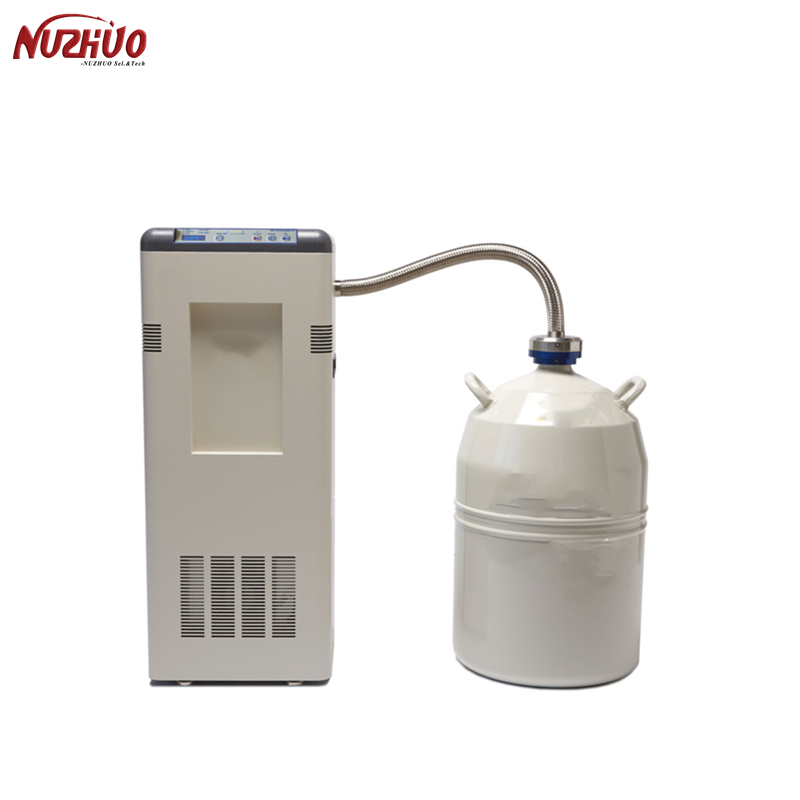IIT-Bombay Converts Existing Nitrogen Plant Into Oxygen Generator | Mumbai News
With a shortage of medical oxygen supplies to treat Covid-19 patients in the country, the Indian Institute of Technology Bombay (IIT-B) set up a demonstration plant to convert nitrogen generators located across India by fine-tuning an existing nitrogen plant set up as an oxygen generator.
Oxygen produced by the plant in the IIT-B laboratory was tested and turned out to be 93-96% pure at a pressure of 3.5 atmospheres.
Nitrogen generators, which take air from the atmosphere and separate oxygen and nitrogen to produce liquid nitrogen, can be found in a variety of industries including oil and gas, food and beverage. Nitrogen is dry in nature and is commonly used to purge and clean oil and gas tanks.
Professor Milind Etri, Chair of Mechanical Engineering, IIT-B, together with Tata Consulting Engineers Limited (TCE) presented a proof of concept for the rapid conversion of a nitrogen plant to an oxygen plant.
The nitrogen plant uses pressure swing adsorption (PSA) technology to suck in atmospheric air, filter out impurities, and then recover the nitrogen. Oxygen is emitted back into the atmosphere as a by-product. The nitrogen plant consists of four components: a compressor to control intake air pressure, an air container to filter out impurities, a power unit for separation, and a buffer container where the separated nitrogen will be supplied and stored.
The Atrey and TCE teams proposed replacing the filters used to extract nitrogen in the PSA unit with filters that could extract oxygen.
“In a nitrogen plant, the air pressure is controlled and then purified from impurities such as water vapor, oil, carbon dioxide and hydrocarbons. After that, the purified air enters the PSA chamber equipped with carbon molecular sieves or filters that can separate nitrogen and oxygen. We suggest replacing the sieve with a sieve that can separate out oxygen,” said Etry, an expert in cryogenics and director of research and development at IIT-B.
The team replaced the carbon molecular sieves in the PSA nitrogen plant of the Institute’s Refrigeration and Cryogenics Laboratory with zeolite molecular sieves. Zeolite molecular sieves are used to separate oxygen from air. By controlling the flow rate in the vessel, the researchers were able to convert the nitrogen plant into an oxygen production plant. Spantech Engineers, the city’s PSA nitrogen and oxygen plant manufacturer, participated in this pilot project and installed the required plant components in block form at IIT-B for evaluation.
The pilot project aims to find quick and easy solutions to acute oxygen deficiency in healthcare facilities across the country.
Amit Sharma, Managing Director of TCE, said: “This pilot project demonstrates how an innovative emergency oxygen production solution using existing infrastructure can help the country weather the current crisis.”
“It took us about three days to re-equip. This is a simple process that can be completed quickly in a few days. Nitrogen plants across the country can use this technology to convert their plants into oxygen plants,” Etry said.
The pilot study, which was announced on Thursday morning, has attracted the attention of many politicians. “We have received interest from many government officials not only in Maharashtra but across the country on how this can be scaled up and implemented in existing nitrogen plants. We are currently streamlining our process to help existing plants adopt this model.” Atrey added.
